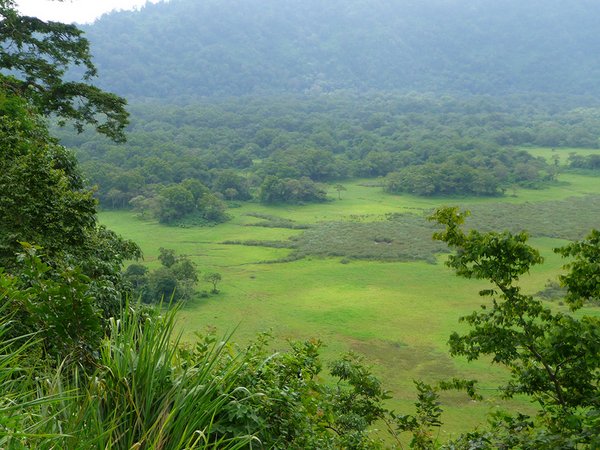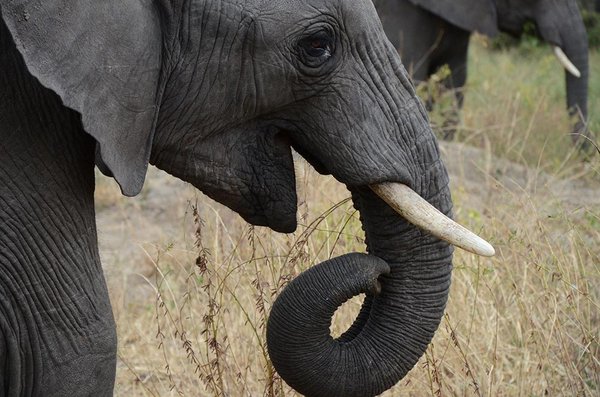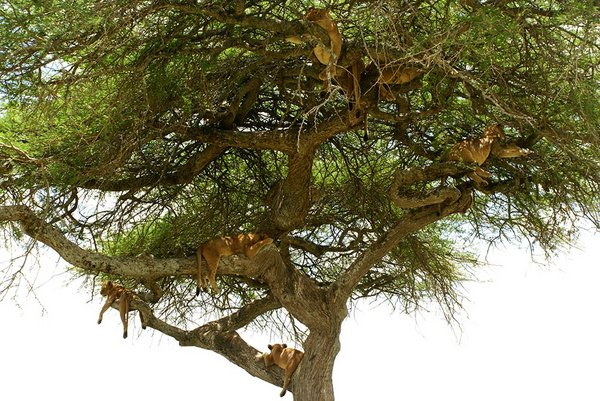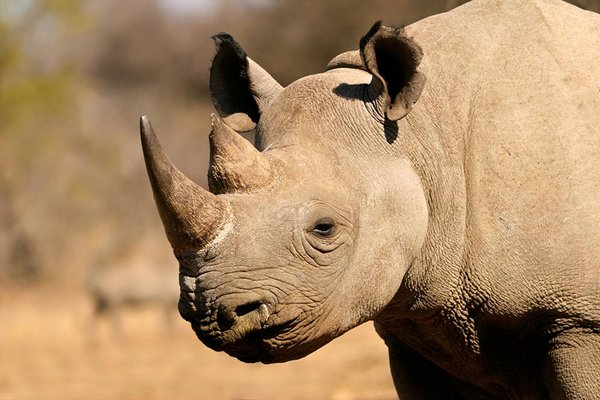Arusha National Park is the ideal place to quietly discover the characteristic African fauna and flora and to go in search of the Big Five. Although it is one of the smallest parks in Tanzania, Arusha National Park is definitely worth a visit for its beauty and variety of landscapes, ranging from rainforest to colorful lakes, from wooded savannah to lush grasslands.
Arusha National Park is located north of Arusha between Mount Meru and Mount Kilimanjaro. The park was established in 1960 as Ngurdoto Crater National Park and has a size of about 137km². The park has a lot to offer. Not only does it include the 4562m high Mount Meru (which became part of the park in 1967), an extinct volcano, with the Small Mount Meru (3801m) and the Ash cone, it is also often referred to as the Little Serengeti.
On the eastern slopes of Mount Meru is also the fascinating Ngurdoto Crater. The extraordinarily rich ecosystem of Ngurdoto Crater also includes the famous Momela Lakes: seven small lakes formed by a series of volcanic eruptions. The lakes are fed by underground water sources which, due to their different mineral compositions, favor the growth of various algae. This results in different colors and shades for each lake. Simply impressive!
The lakes are heavily frequented by birds of all kinds, but especially by flamingos.
The altitude of the park varies from 1500 to over 4500 meters, which leads to a great variety of different animal and plant species. Besides hyenas, leopards and about 400 species of birds and numerous butterflies, Arusha National Park is famous for the resident white-tailed monkeys (Colobus) - of course you will also find giraffes, buffalos, zebras, elephants and hippos. The landscape in the park consists of forest, swamp, grassland, lake area, alpine highlands and rocks.
Doesn't that sound wonderful? Maybe you would like to spend a few days in the beautiful nature of Arusha National Park? We would be happy to organize a safari for you from Arusha!


Tarangire National Park is one of Africa's best kept secrets and is often overlooked as it lies in the shadow of the famous Serengeti and Ngorongoro Crater. But Tarangire has a lot to offer! It has an area of about 2600 km2, lies at an altitude of about 900m and is located in the north of Tanzania.
Its breathtaking scenery - especially the beautiful Baobab trees and the incredible variety of wildlife - makes it a unique place in Tanzania.
In Tarangire National Park, you will encounter majestic herds of elephants, which often roam in large groups and have one of the largest concentrations of elephants on the African continent. You will also find a variety of birds, including several species of hornbills that can often be seen in the trees. Many bird species find shelter in Tarangire National Park during the annual bird migration.
The vast plains of the park allow for an incredible variety of wildlife, including lions, giraffes, zebras, wildebeests, kudus and many more.
Its pristine nature and the fact that it is less visited by tourists than other famous parks in the region makes Tarangire National Park a wonderful place for those looking for an authentic safari adventure and to experience nature in its untouched beauty!
Lake Manyara National Park has a groundwater forest, which is rare in East Africa, which changes into grassy areas with acacias and open grassland. There are swampy areas on the shores of Lake Manyara. About 20 to 30 lions live in the park, and they particularly like to rest on the trees, some leopards and many monkeys of various species can be also found here. Giraffes, impalas, wildebeests, zebras, hippos and large herds of buffalo are scattered over the park.


The Mkomazi National Park is located at the foot of the Usambara and Pare Mountains. This park is rather unknown to many guests, is off the usual tourist trail. It consists of many hills and is home to giraffes, wildebeest, zebras, buffalo and elephants.
Two species are particularly guarded here: the black rhino and the African wild dogs.